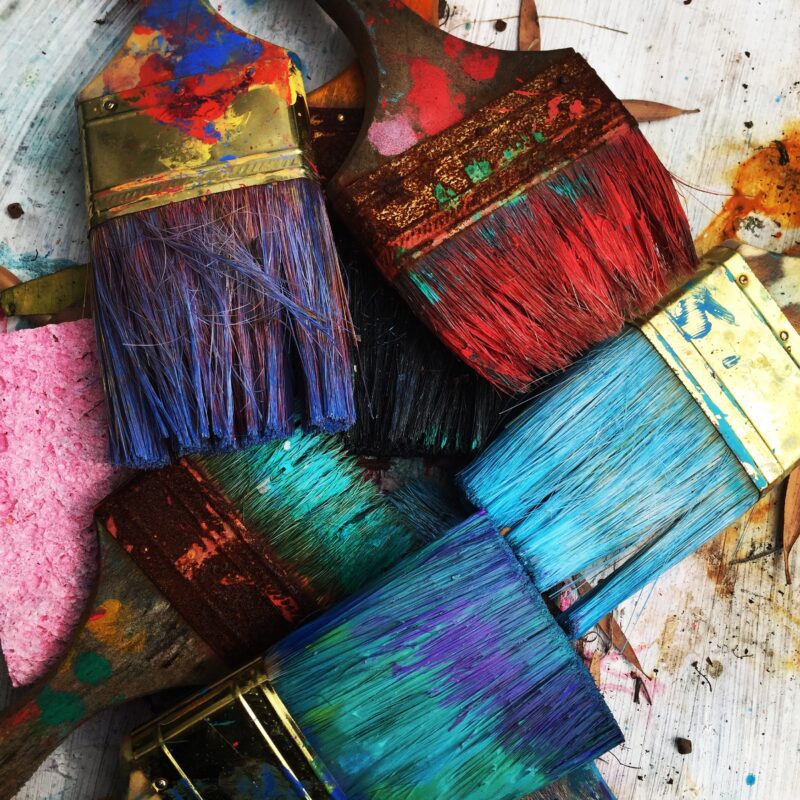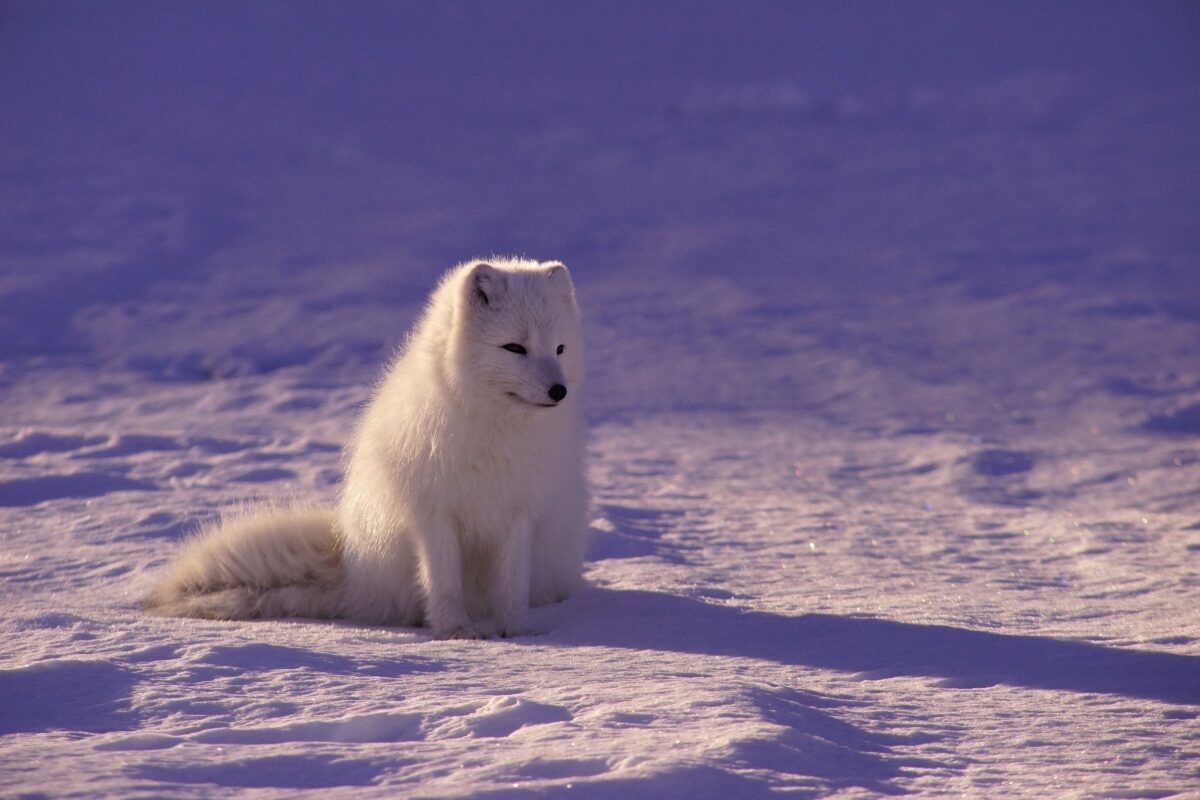Did you know that there’s so much more to the design of Animal Kingdom than just the animals? It’s not just about elephants and lions; it’s also a world of art and culture. This article will guide you on a fun journey through the intricate art and powerful cultural influences that make Animal Kingdom look and feel the way it does. Packed with fascinating stuff, it might make you see Animal Kingdom in a whole new light. But don’t worry, it won’t be all a walk in the park; we’ll also have some challenging thoughts to tackle. Happy reading, and let’s venture into the wild world of art, culture, and design in the Animal Kingdom!
Understanding the Concept of Animal Kingdom’s Design
Defining Animal Kingdom’s Design
Imagine a place where you can see exotic animals from all over the world, walk through lush landscapes, and explore mysterious ancient ruins – that’s the Animal Kingdom’s design for you. Disney’s Animal Kingdom pays great attention to detail in its design and aims to give you a feeling of actually being in different parts of the world.
The History Behind the Creation of the Animal Kingdom
Once upon a time, in 1998, Disney decided to create a new park, and this time, they wanted to celebrate nature and animals. The minds behind the scenes worked long and hard to make this dream come true – and that’s how Animal Kingdom was born. Filled with wonderful animals, exotic plants, and fantastic architecture, Animal Kingdom is both an amusement park and a chance to travel the world without leaving Orlando!
Significance of Art and Culture in the Design
Art and culture are everywhere in Animal Kingdom. From the authentic African drums that welcome you into the park, to the intricate carvings on the Tree of Life, every design element celebrates the beauty of nature and various global cultures. This makes your trip around the park feel like a real-world adventure around the globe.
Influence of Global Cultures on Animal Kingdom’s Design
African Influences
As you stroll through the Africa section of the park, you’ll feel like you’ve stepped into a real African village. There are thatched huts, colorful murals, and even African beats playing in the background. This goes to show how much the designers took inspiration from African culture.
Asian Influences
Asia also has a strong presence in the Animal Kingdom. From the towering Everest Mountain to the peaceful village of Anandapur, you can see how Asian cultures have influenced the park’s design. The attention to detail is impressive, with elements such as hand-painted murals and ornate decorations highlighting Asian art and culture.
Anthropological Perspectives
The designers of the Animal Kingdom did their homework. They made sure to honor cultures correctly by incorporating authentic elements and details from various cultures. They studied the lifestyles, traditions, and architectures of the places that inspired the park, making your experience not just adventurous but also educational.

This image is property of images.unsplash.com.
Unveiling the Art Behind Animal Kingdom’s Design
Role of Sculptures and Artifacts in the Design
Sculptures and artifacts bring the park to life. An example of this is the iconic Tree of Life. This tree is a sculpture filled with carvings of hundreds of animals. Artifacts from around the globe are also scattered around the park, adding an extra layer of authenticity to the design.
Interpretation of the Artistry
All the art and sculptures in the park tell a story. The Tree of Life, for example, is a celebration of all living creatures, big or small. The carvings encourage you to appreciate the beauty and diversity of life on our planet.
Exploring The Hidden Art Messages
And just like any good story, there are hidden messages to find! By paying attention to the details, you can spot fun secrets in the art around you. This makes exploring the Animal Kingdom a magical adventure filled with surprises.
Architectural Marvels of Animal Kingdom’s Design
Significant Structures in the Park
There are many eye-catching structures around the park. Each area has its own unique architecture, from the towering Tree of Life in the center of the park to the colorful buildings of Harambe Village in Africa. These structures transport you to different parts of the world with their accurate and detailed designs.
Understanding the Architectural Concepts
Design plays a key role in telling the stories of the Animal Kingdom. Each structure is thoughtfully designed to represent its corresponding culture or environment, making you feel like you’re really in Asia or Africa.
Influence of Art and Culture on Architecture
Art and culture strongly influence the park’s architecture. Buildings resemble the architectural styles of their corresponding cultures, making each area unique and authentic. This adds to the overall immersive experience of the park.

This image is property of images.unsplash.com.
Techniques Used in Animal Kingdom’s Design
The Use of Forced Perspective
One cool trick the designers used is called forced perspective. This is when they make something look bigger or further away than it really is. This technique is used with the Everest Mountain in the Asia area of the park, which looks much taller than it really is!
Animal Encounters as Interactive Art
The Animal Kingdom also uses animal encounters as a form of interactive art. Through these experiences, you get to see animals up close, creating a connection between you, nature, and culture.
Utilization of Natural Elements in Design
Nature plays a big part in the design of the park. Real trees, water, and plants are extensively used throughout the park. The park itself is a botanical garden, with a variety of plants from around the globe that reflects the diverse nature of the different regions represented.
The Role of Landscaping in Showcasing Art and Culture
Storytelling Through Landscaping
Landscaping is not just for decoration in the Animal Kingdom, but also for storytelling. Each plant is carefully chosen to match the story of its area, whether it’s an African savannah or a misty Himalayan village.
Example: Beauty of Africa in the Savannah
For instance, in the African savannah section, you can see acacia trees and tall grasses, just like you would in real African plains. This helps tell the story of life on the savannah, creating a more authentic African experience.
Incorporation of Native Plants
Native plants are also incorporated wherever possible. This not only creates a more authentic environment but also helps support local ecosystems by providing food and habitat for the native animals.

This image is property of images.unsplash.com.
How Costumes Reflect Cultures in the Animal Kingdom Design
Integration of Authentic Costumes and Fashion
Costumes play a big role in making the park feel real. Whether it’s the traditional clothing of the African villagers or the mountaineering gear of the Everest riders, every costume accurately reflects its culture, adding depth to the storytelling.
Influence of Culture on Cast Member Appearance
The culture of each region also influences the appearance of the cast members. Employees’ clothing and accessories are culturally appropriate, reflecting the fashion of the represented regions.
Costumes as Aspect of Visual Storytelling
Therefore, the costumes are not just for looks, but are a part of the visual storytelling. They help show the diversity and richness of the different cultures, adding to the educative aspect of the park.
Food Culture and its Role in Animal Kingdom’s Design
Cultural Representation through Food and Drink
Food and drink also represent different cultures in the park. From refreshing African fruit juices to spicy Asian dishes, each food stall gives you a taste of its region’s cuisine.
Authentic Ingredients and Preparation Methods
The food is not just inspired by global cuisines, but also use their traditional preparation methods. This makes the food more authentic and delicious, giving you a culinary tour around the world.
Food Locations as Cultural Hotspots
The food stalls and restaurants themselves showcase the architectural styles of their corresponding cultures. So, eating in the park is not just a treat for your taste buds, but also a feast for your eyes.
Performing Arts and Cultural Representation in Animal Kingdom’s Design
Role of Music and Performance
Music and performance are big parts of the Animal Kingdom. Each area has its own background music, creating the perfect atmosphere. Live performances also occur throughout the day, showcasing the music and dance of the different cultures.
Inclusion of Indigenous Cultural Performances
The live performances often include the traditional dances and music of the cultures represented. This adds cultural depth to the park and educates visitors about diverse global cultures.
Animal Symbolism in Cultural Performances
Many performances have animal themes, in honor of the park’s focus on nature. This reinforces the connection between people, nature, and culture that the Animal Kingdom so beautifully represents.
The Realists Take
Analyzing the Effect of Contemporary Reviews and Opinions
The Animal Kingdom’s focus on art and culture has been well received. It is loved not just by kids for its animals and rides, but also by adults for its cultural depth and authenticity. However, as with any endeavor, there are also critics. Some argue the parks could do more to educate visitors about the conservation of these beautiful cultures and environments they represent.
Emphasizing on the Positive and Challenging Elements
Despite some criticisms, it’s important to focus on what Disney’s Animal Kingdom does well. It does an amazing job at merging fun with education, allowing its visitors to learn about foreign cultures and animals while having the time of their lives.
The Future Evolution of Art and Culture in the Animal Kingdom’s Design
What does the future hold for the Animal Kingdom? If its history is any indication, it will continue to grow and evolve, showcasing more art, culture, and nature from around the globe. So the next time you visit, what new wonders will you discover? Only time will tell!



